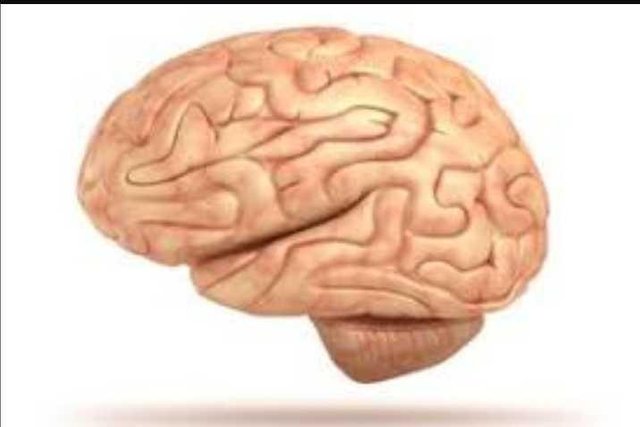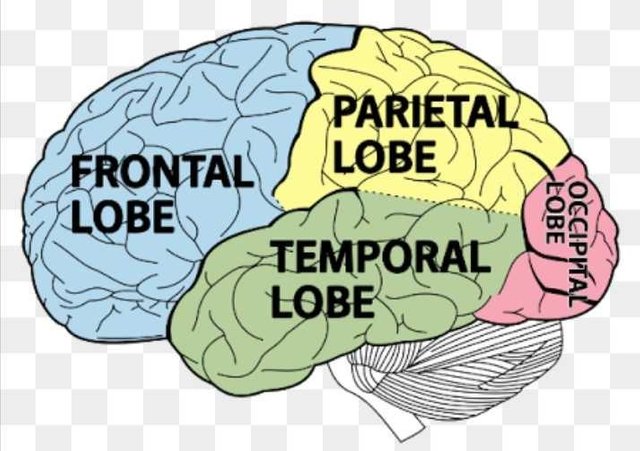The vital organ of human body Brain
brain
n.
the enlarged and highly developed mass of nervous tissue that forms the upper end of the central nervous system (see illustration).

The average adult human brain weighs about 1400 g (approximately 2% of total body weight) and is continuous below with the spinal cord. It is invested by three connective tissue membranes, the meninges, and floats in cerebrospinal fluid within the rigid casing formed by the bones of the skull. The brain is divided into the hindbrain (rhombencephalon), consisting of the medulla oblongata, pons, and cerebellum; the midbrain (mesencephalon); and the forebrain (prosencephalon), subdivided into the cerebrum and the diencephalon (including the thalamus and hypothalamus). Anatomical name: encephalon.
The brain (midsagittal section).

medulla oblongata
(myelencephalon) the extension within the skull of the upper end of the spinal cord, forming the lowest part of the brainstem. Besides forming the major pathway for nerve impulses entering and leaving the skull, the medulla contains centres that are responsible for the regulation of the heart and blood vessels, respiration, salivation, and swallowing. Cranial nerves VI–XII leave the brain in this region.
pons
n.
- (pons Varolii) the part of the brainstem that links the medulla oblongata and the thalamus, bulging forwards in front of the cerebellum, from which it is separated by the fourth ventricle. It contains numerous nerve tracts between the cerebral cortex and the spinal cord and several nuclei of grey matter. From its front surface the trigeminal nerves emerge.
- any portion of tissue that joins two parts of an organ.